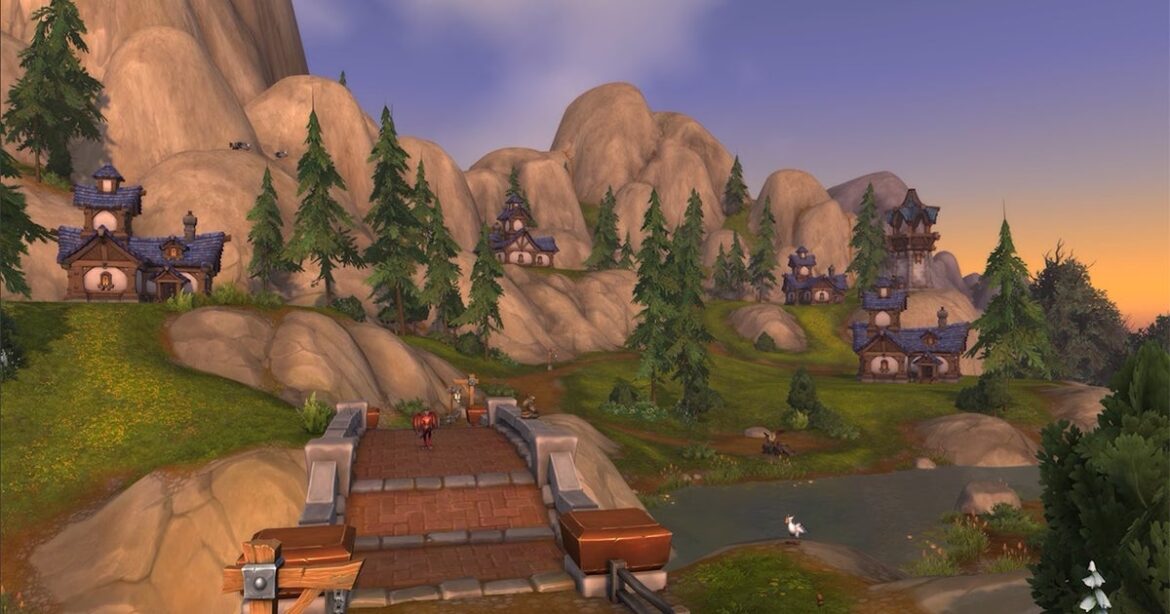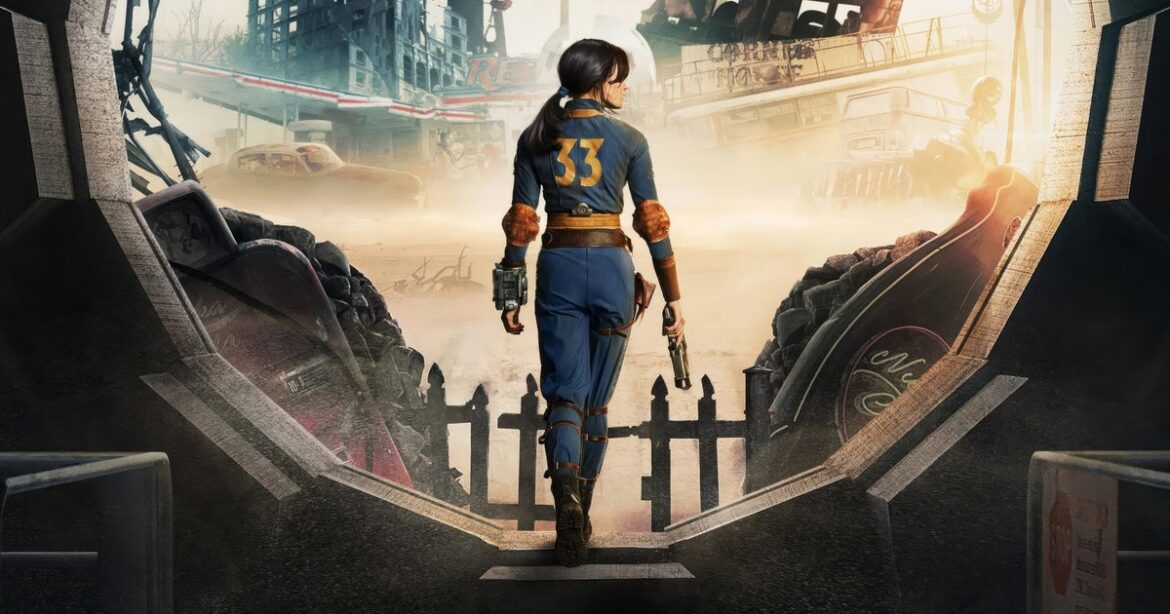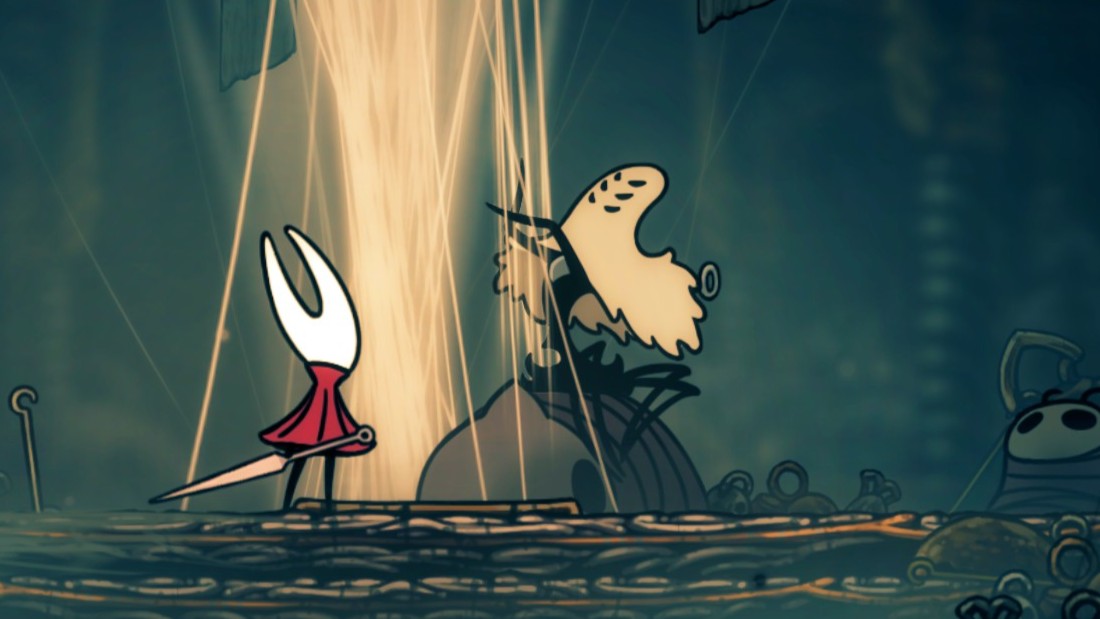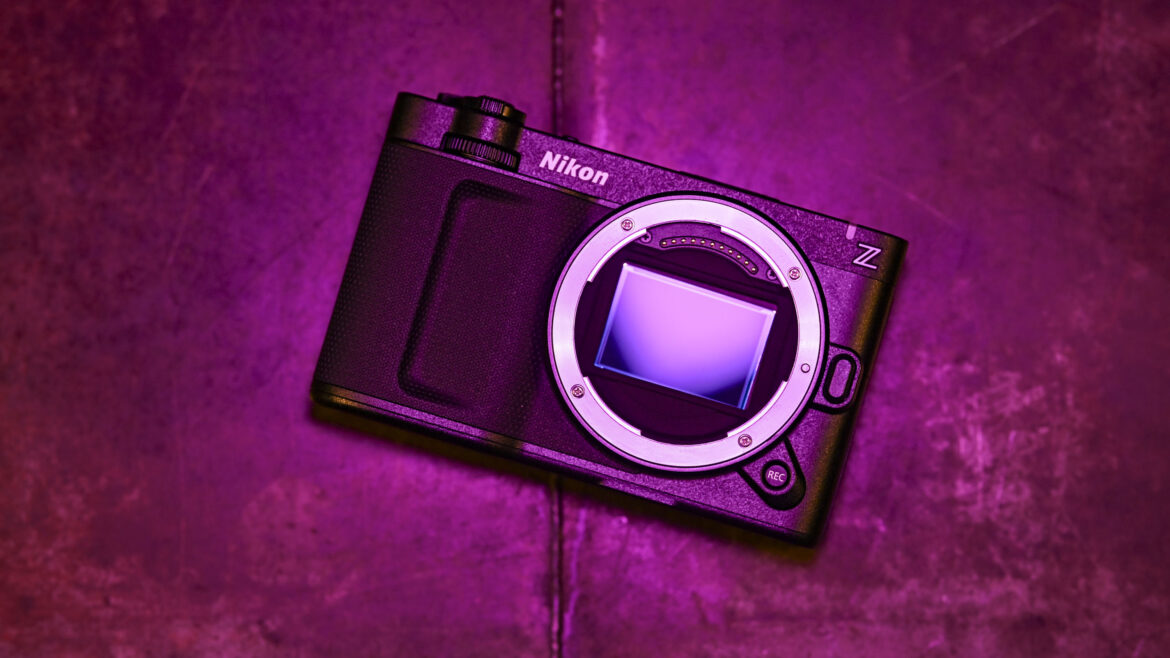Blizzard has announced that player housing will be coming to World of Warcraft starting 2nd December, ahead of the Midnight expansion launch.
This initial rollout for housing will not be feature-complete, with the full suite of mechanics arriving when it enters the game proper at Midnight’s launch sometime in 2026. With the housing release in December, players will be able to buy a plot of land, establish a neighbourhood with other players, and begin designing your home with a selection of decor items.
Future updates to housing will include hundreds of decorations, including some furnishings that come from older achievements and content from prior expansions such as World of Warcraft: Legion Order Hall completion.
Here’s the full developer Q&A for World of Warcraft: Midnight, that came out alongside the alpha.Watch on YouTube
In addition, players will be able to level up their houses over time, which provides increased interior and exterior decor placement budget, fixture budget, and room placement budget. Neighbourhoods can be both private and public, allowing those from the same guild to build up an estate of sorts together within a variety of biomes.
Not only that, but neighbourhoods will be able to participate in endeavors. These are monthly neighbourhood events that provide exclusive decor to use on participants’ homes. As such, some level of community collaboration is intended for the housing system.
World of Warcraft: Midnight is the second part of a three-part trilogy, which started with The War Within last year. It’ll take players back to Silvermoon city, where the Blood Elves are having a rough time fending off void ne’er-do-wells. In addition players will be able to play as the Haranir as an allied race, a faction of note throughout The War Within’s narrative.
When Blizzard first announced housing it did so with a subtle jab at Final Fantasy 14, another popular MMO with its own housing system and housing-related problems. It’s worth noting that unlike Final Fantasy 14, housing isn’t limited in World of Warcraft, so players won’t be unable to get a house come December, which is good!










